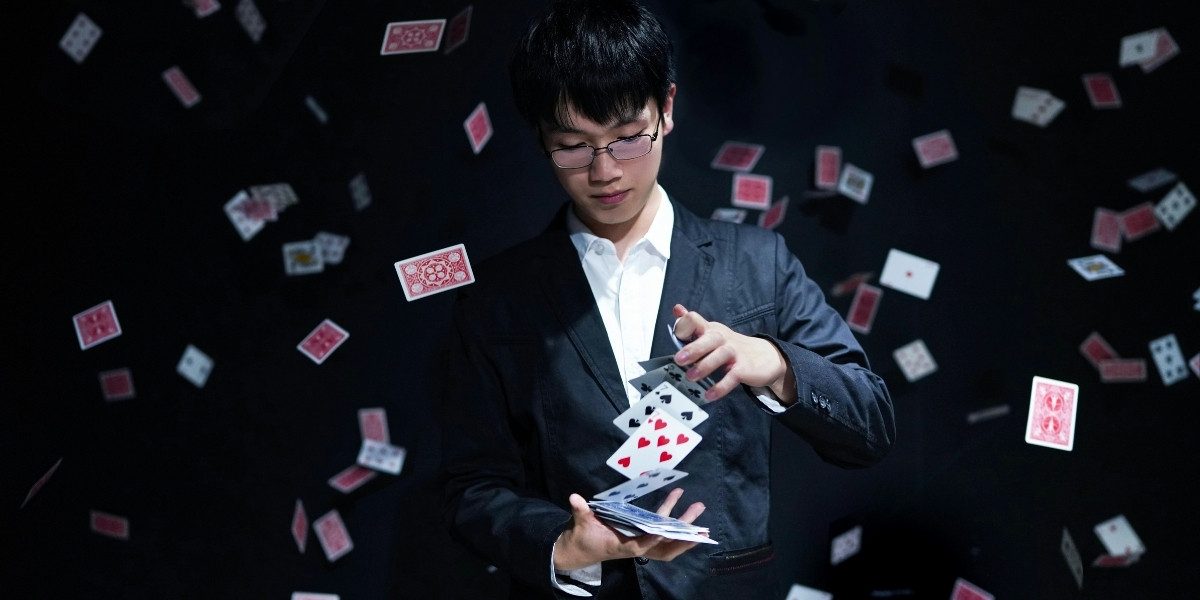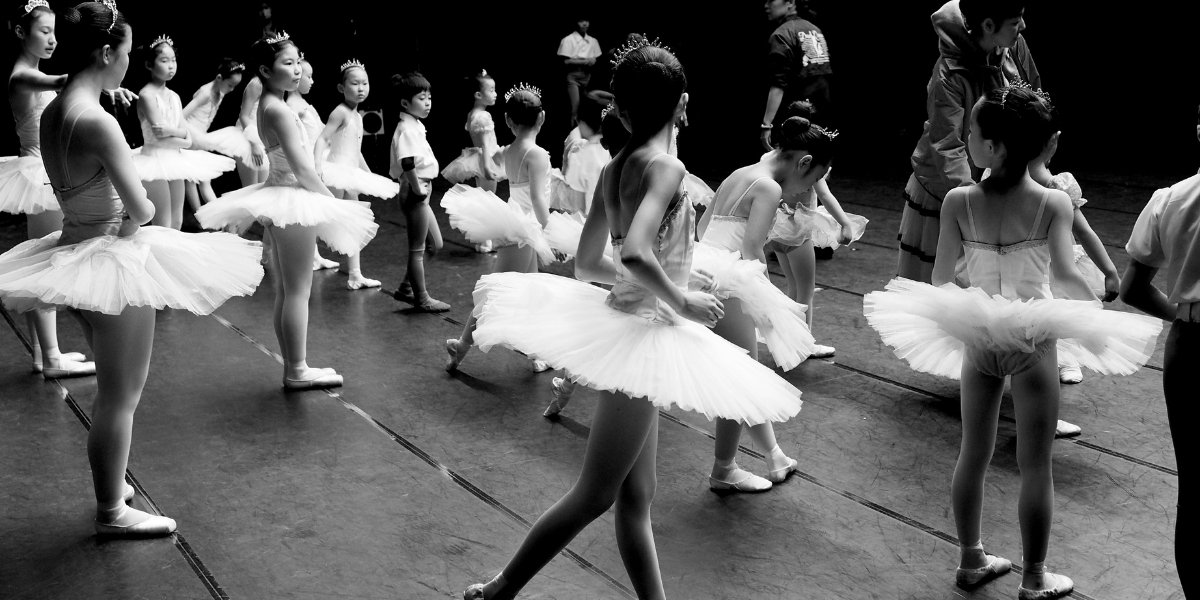The History of Magic
The art of magic and illusion has a long and fascinating history that stretches back thousands of years. From ancient rituals and street performances to grand stage illusions and modern close-up artistry, magic has always captivated and mystified audiences. Magic’s origins can be traced to early civilizations where illusions were often used in religious ceremonies or as a means of impressing and entertaining royal courts.
In the early days of magic, practitioners relied on rudimentary tricks such as the cup and ball and rope tricks. As time went on, magic evolved into a form of theatrical entertainment. Key figures such as Harry Houdini, known for his daring escapes, and Jean Eugène Robert-Houdin, a pioneer of modern magic, pushed the boundaries of illusion on stage.
Traditional forms of magic can be seen in the vibrant street performances of magicians and illusionists. These performances are often characterized by interactive, close-up magic that blends cultural elements with modern techniques. Globally, the rise of television specials and online platforms has propelled magic into the mainstream, making it more accessible and inspiring new generations of aspiring magicians.
Read Also: Eco-Friendly Architecture: Building a Sustainable Future
The Principles of Illusion
At the heart of every magical performance is the principle of deception. Magicians rely on various techniques and psychological principles to create the illusion of the impossible. One of the most crucial tools in a magician’s toolkit is misdirection, which involves drawing the audience’s attention away from what’s actually happening. By focusing the viewer’s attention on one area, the magician can secretly manipulate another.
Sleight of hand is another technique that relies on the magician’s dexterity and timing to execute tricks with precision. This technique allows magicians to manipulate objects—such as coins, cards, or ropes—without the audience noticing the action. Additionally, magicians use suggestion and subtle cues to guide the audience’s perception and manipulate their expectations.
A key psychological element in magic is the exploitation of human perception and cognitive biases. Our brains are naturally inclined to make assumptions and jump to conclusions, often leading us to believe in things that aren’t real. Magicians play on these natural tendencies, creating illusions that seem impossible by bending our understanding of space, time, and reality.
Different Genres of Magic
Magic is a broad field with various genres and styles, each with its own unique flair and techniques. Some magicians specialize in close-up magic, where they perform tricks for a small group or individual, using objects like cards, coins, and rings. This genre often relies on incredible dexterity and is highly interactive, creating an intimate experience between the magician and the audience.
Stage illusions, on the other hand, are grand spectacles designed for larger audiences, often involving props like trapdoors, levitation, and elaborate set designs. These performances tend to be more theatrical and involve intricate setups, with magicians disappearing, reappearing, or performing seemingly impossible feats.
Another popular genre is mentalism, which relies on the magician’s ability to appear as though they can read minds or predict the future. Mentalists use a combination of psychology, suggestion, and observation to create the illusion of supernatural powers.
Escapology is another fascinating genre where magicians perform death-defying escapes from chains, locked boxes, or submerged containers. This genre often combines elements of drama and suspense, keeping the audience on the edge of their seats.
Finally, street magic brings magic to the public, often using everyday objects to perform quick, impromptu tricks. Street magicians rely on spontaneity and the energy of the crowd to enhance the effect of their illusions.
The Psychology of Wonder
One of the most intriguing aspects of magic is its psychological impact on audiences. Magic taps into our natural sense of wonder and astonishment, making us question what’s possible. The reason people are drawn to magic lies in the suspension of disbelief—the ability to temporarily accept the impossible as reality.
Humans are wired to seek patterns and make sense of the world, but magic subverts this expectation by introducing surprise and unexpected outcomes. This shock of the impossible creates a rush of emotions, from awe to delight, and sparks a deeper engagement with the performance.
Furthermore, the psychological effects of magic are tied to trust. As spectators, we are often willing to accept the magician’s assurances and trust that the illusion is real, even though we know, on some level, that it’s a trick. This interplay between belief and disbelief is what keeps audiences captivated and allows magicians to maintain the mystery of their craft.
The Performance and Showmanship
While technical skill and psychological principles are critical, the true magic of an illusion lies in the performance and showmanship. A magician’s ability to engage the audience, craft a compelling narrative, and create a sense of suspense is what makes a performance truly unforgettable.
Storytelling is an essential component of magic. Magicians often build elaborate plots around their tricks, weaving a tale that enhances the illusion and adds an emotional layer to the performance. Whether it’s a story of impossible escape, mind reading, or mystical powers, the narrative draws the audience in and heightens the emotional impact of the trick.
Equally important is the magician’s ability to read the audience and adjust their performance to maintain interest and engagement. A successful magician knows how to use pacing, body language, and verbal cues to maintain control over the performance and keep the audience guessing.
The Tools and Props of the Trade
Magicians use a variety of tools and props to execute their illusions. Some of the most common props include cards, coins, ropes, and rings, but the world of magic also includes more complex apparatus such as trapdoors, hidden compartments, and optical devices.
Ingenious devices such as illusion boxes can conceal the magician or objects, while mirrors and reflective surfaces create optical illusions. Often, these props are custom-designed to meet the specific needs of a particular trick, incorporating elements of engineering and design to hide mechanisms and enhance the illusion.
The Ethics of Illusion
While magicians rely on deception, the ethics of illusion are important to the integrity of the art form. One of the key tenets of magic is the preservation of secrets—never revealing how a trick is done to the public. This secrecy maintains the mystery of magic and ensures that the art form continues to captivate and inspire audiences.
However, there is a fine line between entertaining deception and misleading or exploiting audiences. Magicians must walk the ethical tightrope of ensuring that their illusions are clearly understood as entertainment, while also ensuring that their performances do not mislead or harm individuals. Ethical magicians are mindful of their responsibility to respect their audience’s trust and to maintain the integrity of the craft.
Read Also: Comprehensive Support for Athletes at the University of Nevada
The world of illusionists and magicians is a fascinating blend of skill, psychology, and showmanship that continues to captivate and inspire. Whether through close-up magic, stage illusions, or mentalism, magicians have a unique ability to create moments of wonder and disbelief, pushing the boundaries of what is possible. As magic continues to evolve, it will undoubtedly continue to fascinate and inspire new generations of performers and audiences alike.








